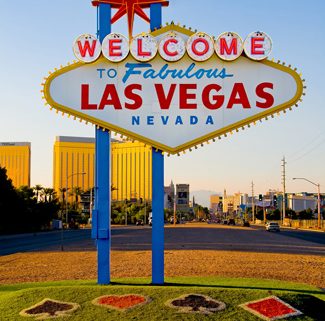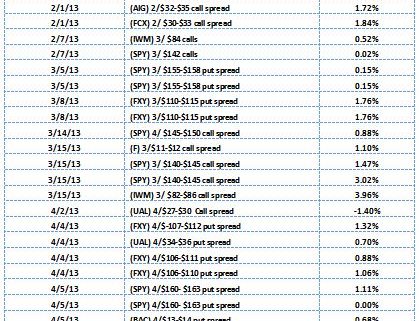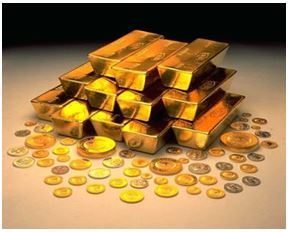What would happen if I recommended a stock that had no profits, was cash flow negative, and had a net worth of negative $44 trillion? Chances are, you would cancel your subscription, demand a refund, de-friend me from you Facebook account, and delete my email address from your address book.
Yet that is precisely what my former colleague at Morgan Stanley did, technology guru Mary Meeker. Now a partner at venture capital giant Kleiner Perkins, Mary has brought her formidable analytical talents to bear on analyzing the United States of America as a stand alone corporation. The bottom line: the challenges are so great they would daunt the best turnaround expert. But our problems are not hopeless or unsolvable.
The US government was a miniscule affair until the Great Depression and WWII, when it exploded in size. Since 1965 when Lyndon Johnson?s ?Great Society? began, GDP rose by 2.7 times, while entitlement spending leapt by 11.1 times. If current trends continue, the Congressional Budget Office says that entitlements and interest payments will exceed all federal revenues by 2025.
Of course, the biggest problem is with health care spending, which will see no solution until health care costs are somehow capped. Despite spending more than any other nation, we get one of the worst results, with lagging quality of life, life spans, and infant mortality. Some 28% of Medicare spending is devoted to a recipient?s final year of life. Somewhere, there are emergency room cardiologists making a fortune off of this.
Social Security is an easier fix. Since it started in 1935, life expectancy has risen by 26% to 78, while the retirement age is up only 3% to 68. Any reforms have to involve raising the retirement age to at least 70, and means testing recipients.
The solutions to our other problems are simple, but require political suicide for those making the case. For example, you could eliminate all tax deductions, including those for home mortgage deductions, charitable contributions, IRA contributions, dependents, and medical expenses, and raise $1 trillion a year. That would wipe out the current budget deficit in one fell swoop.
Mary reminds us that government spending on technology laid the foundations of our modern economy. If the old ARPNET had not been funded during the sixties, Google, Yahoo, EBay, Facebook, Cisco, and Oracle would be missing today. Global Positioning Systems (GPS) was also invented by and is still run by the government and has been another great wellspring of profits.
There are a few gaping holes in Mary?s ?thought experiment?. I doubt she knows that the Treasury Department carries the value of America?s gold reserves, the world?s largest at 8,965 tons worth $414 billion, at only $32 an ounce, versus an actual market price of $1,445.
Nor is she aware that our ten aircraft carriers are valued at $1 each, against an actual cost of $5 billion in today?s dollars. And what is Yosemite worth on the open market, or Yellowstone, or the Grand Canyon? These all render her net worth calculations meaningless.
Mary expounds at length on her analysis, in her book entitled USA Inc. which you can buy at Amazon by clicking on the title or the book cover below.


 Worth More Than a Dollar?
Worth More Than a Dollar?
 How About $32 an Ounce?
How About $32 an Ounce?
























